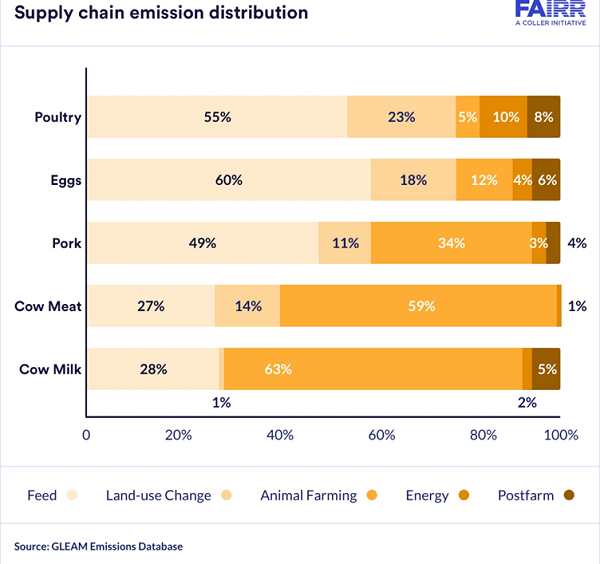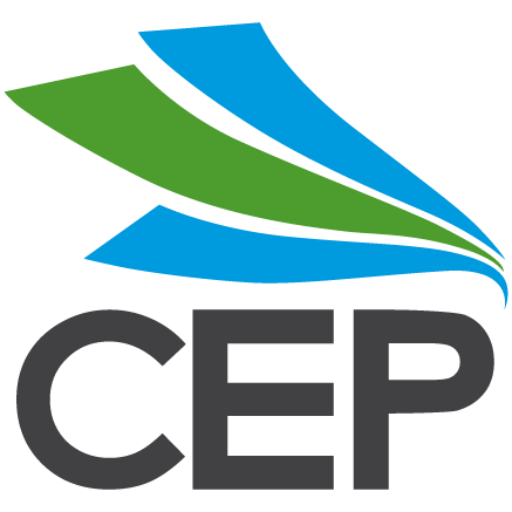Record Renewables, Agricultural Animal Emissions and Power-Generating Concrete
In this issue:
Offsets under more scrutiny
Improved forestry management has accounted for 11% of the global voluntary offset market to date, through nearly 300 schemes. Berkeley’s Goldman School of Public policy has just published a comprehensive critique of the methodologies behind the offset accounting with the conclusion that the current protocols and methods are not preventing poor quality credits being sold as high quality.

Renewables investments hit record but still not enough
IRENA’s latest report on renewables investment confirms strong growth in the sector but also warns the investment level needs to be four times higher still if we are to constrain the temperature increase to the 1.5C scenario. Investment in renewables was reported at US$0.5trn (NZ$0.8trn) for 2022 and total investment in energy transition technologies at US1.3trn (NZ$2.1trn).
US renewables surpass coal for first time
Renewables took a larger slice of the generation mix than coal in the US in 2022, for the first time on record. Wind and solar both increased capacity while coal dropped a little. Wind and solar now account for more generation than coal and nuclear. The outlook, which runs to 2050, as you’d expect shows the continuation of the trend.
Emissions distribution of protein sources
The latest FAIRR (Farm Animal Investment Risk and Return) Protein Producer Index gives us a breakdown of emissions attribution across the supply chain of the major protein groups. The report contains plenty of data on emissions and risk factors facing the animal agriculture sector, including their emissions profiles and the impact of carbon taxes. Globally, the industry could be facing a loss from climate change of US$24bn (NZ$39bn) by 2030, with those not keeping pace with market developments, obviously, being the most likely to fall behind financially.

Fonterra doing OK
While still with plenty of work to do, Fonterra is acknowledged in the FAIRR report for its progress so far. It ranks 7th of 60 global protein producers for its ESG performance. With an overall categorisation of Medium Risk (only 4 companies managed a Low Risk classification), Fonterra is one of the better performers and is recognised for its work in vaccine, feed and wearable devices trials.
UK winning hearts and minds
Encouraging news that public awareness and, more importantly, changing behaviours, is becoming a reality in the UK. A survey published this week by the Met Office indicates over half (59%) of the UK public is now consciously making low-carbon decisions, with 17% indicating they do this even at increased personal inconvenience. Still a long way to go, but positive signs nonetheless.
Power-generating, smart concrete
Or, more specifically, Multifunctional Nanogenerator-Integrated Metamaterial Concrete Systems for Smart Civil Infrastructure. What we’re really talking about is the bespoke specification of concretes for specific applications which, according to its creators at the University of Pittsburgh, allow super compressibility and the ability to generate small electrical currents, sufficient to power sensors that can monitor activity in seismic base isolation systems or roads.

